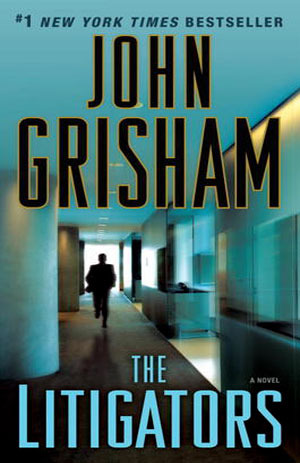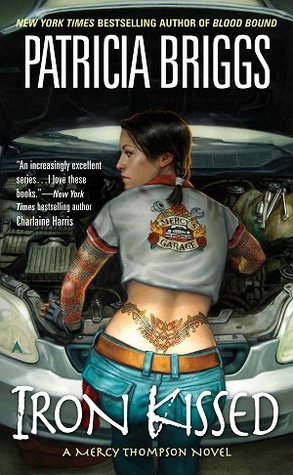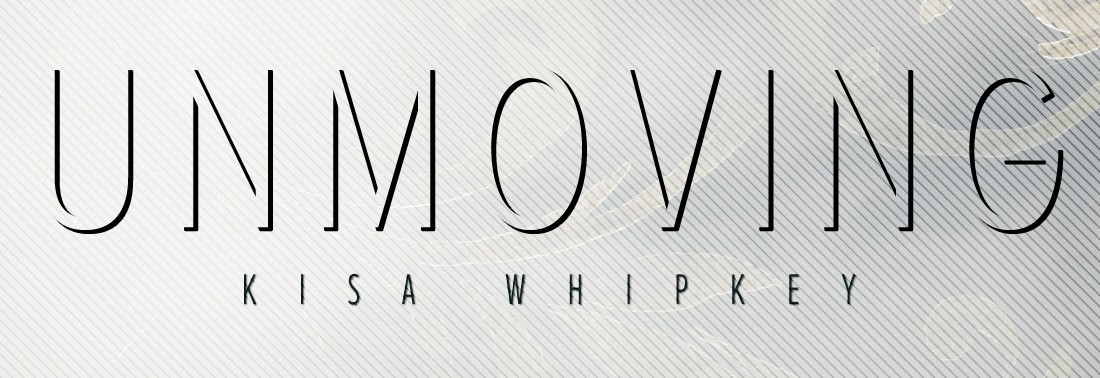After spending the past several weeks learning the ins and outs of cover design, I found myself thinking more about the other side of the fence — the buyer’s side. I tend to browse bookstores rather aimlessly, as I’m sure a lot of us do, waiting for something to pop out and grab me. We’ve always been told, “Don’t judge a book by its cover.” But that’s exactly what we do. We can’t help it; it’s instinct, a way to filter the walls and walls of choices and prevent information overload. What actually makes a cover design stand out against the others, though? What hidden information are we subconsciously told in a glance? We saw glimpses of it during Ashley Ruggirello’s excellent series, but I wanted an opinion from outside the design world, from someone whose job isn’t necessarily to create the covers, but to judge them.
So I recruited Elizabeth Watson. Some of you may recognize that last name from a post I wrote back in May announcing the release of A Foundation in Wisdom, and you’d be correct. Elizabeth is Robert’s wife. But more importantly, she’s a librarian. She faces the same predicament we do when stepping into a bookstore, just on a much larger (professional) scale. So stick around, listen to her tips for deciphering the subtle language of book covers, and then be sure to check out A Foundation in Wisdom!
How to Judge a Book by Its Cover
By Elizabeth Watson
As Kisa mentioned, I’m a librarian for a small, rural library. My job duties include purchasing books (monthly) for the library and recommending titles to our patrons. As a librarian, I feel it’s important to know your community and what they like/want to read. But obviously, I don’t have time to read every book out there, and there are some genres that appeal to me more than others. So how can I tell whether or not to buy or recommend a title? By looking at its cover. Publishers put a lot of time and money into the cover design, so take advantage of it.
Here are some things I tend to look at while making my decisions:
The Title and Cover Art:
The cover will let you know the genre. For example:

You can tell this is a romance. (And, by the way, a good rule of thumb is: the more skin showing on the cover, the more sex scenes you’ll find inside.)
Whereas this:
…clearly isn’t. Based on the endorsement from James Patterson and the imagery, it’s safe to say The Last Alibi is a suspense novel.
The cover can also give you a hint about location. For example:

If you recognize the building on the cover of Discretion, you can tell it takes place in Washington, D.C.


Also, pay attention to the presentation of the author’s name; the more real estate it takes up, the more likely you are to be looking at a famous, established author (as illustrated above).
Author Recommendations:
Getting endorsements from established writers can really help sell your book. If the book you’re looking at has author recommendations and you’re familiar with that author, you can probably safely say the book in your hand will be similar to those written by the endorser. For example:

Charlaine Harris writes paranormal romance, so you can guess that Iron Kissed is probably a paranormal romance, too. (I would say it’s also safe to guess that the main character isn’t very quiet and conservative based on the tattoo.) But if you don’t have a famous author to provide you with a quote, quotes from reviewers are helpful, too. I just recommend making sure the quote tells the reader or purchaser what to expect from the book — should they expect a lot of action? Courtroom drama? Vampires? Fantasy?
Awards or Prizes:

As a reader/purchaser, I definitely pay attention if a book has received a prize. A few examples of awards given to authors are the Edgar award for mysteries, the Christy award for Christian fiction, and the RITA award for romances. Being nominated is impressive even if you didn’t win, so you should brag up your nomination on the cover, too.
Additional Things that Factor into Purchasing:
- Patron requests — if one of our patrons asks for it, I try to buy it.
- Variety and diversity — I try to get something for everybody, something to represent all the genres. And, of course, I try to buy the big-name, bestselling authors when they come out with a new book.
- Local authors.
- Reviews — the Library Journal, Kirkus Reviews, newspapers, and other print sources are helpful. I also look at online reviews at Goodreads, Amazon, and Fantastic Fiction, as well as BookPage, and BookReporter. And I buy the Oprah’s Book Club selections and books that get reviewed in O: The Oprah Magazine.
- If we have some books in a series, I will try to complete it.
- Impressive covers with good reviews or endorsements from famous authors.
- Local Book Club Requests — book clubs often tell me what title they’re planning to read next, and I’ll buy copies of their selection for the library.
Well, those are my thoughts. I hope you find them interesting and useful. The world of cover design is an intricate thing from start to finish. A lot goes into the design side, but nearly as much goes into the decision to buy. If you keep some of these key elements in mind while you create, I’m sure you’ll be able to wow the world with your covers.


A really nice tip on the prominence of the author’s name. I’d never thought about this before. It will be interesting to play with some cover variations and see if an unknown indie with a prominent cover name out-performs one without. Maybe we subconsciously hide ourselves away because we’re not 100% convinced that we’ve written something worthy of a reader’s time, far less their hard-earned cash.
Good point! I’d also say the opposite is true: readers may subconsciously gravitate toward a book with a prominent author name, assuming they’re someone big that they’ve just not heard of yet. So your experiment idea may well be worth pursuing. 🙂
[…] My wife, Elizabeth, was featured on Kisa Whipkey’s blog, Nightwolf’s Corner. If you’ve read the acknowledgements page of A Foundation in Wisdom, you may recognize Kisa […]